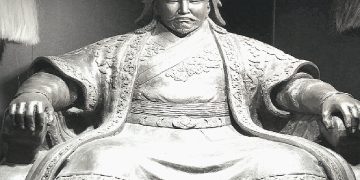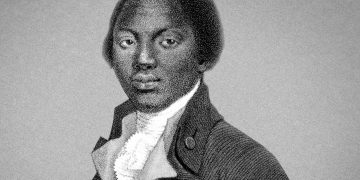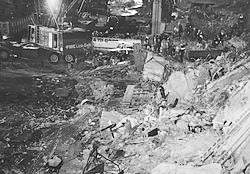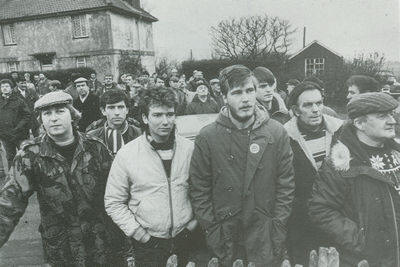The UK coal industry had, from the beginning of the Industrial Revolution in the 18th century risen to become on of the leading industries of the country. Production, and employment had reached a peak in the early twentieth century.
In 1947, when the industry was nationalised by the Labour government there were still around 750,000 men employed as miners.
The discovery and increased usage of North Sea Gas and oil led to a decrease in demand for coal and many coal mines were no longer showing a profit and many were heavily subsidised by the government.
The Conservative government led by Margaret Thatcher did not feel that a heavily subsidised coal industry was beneficial to the country’s long term economic development and on 5th March 1984 it was announced that Cortonwood colliery near Barnsley was to close.
The Cortonwood miners and others across Yorkshire walked out in protest against the closure. On 6th March 1984 the Miners’ Union was told that in all 20 mines were to be closed with a loss of 20,000 jobs. The leader of the National Union of Miner’s (NUM), Arthur Scargill, called for a National Miner’s Strike. However, in order for a national strike to be legitimate, the Union should hold a ballot of all its members. Scargill deemed this to be unnecessary as an earlier ballot held in 1981 had shown a majority of miners willing to engage in strike action if any mine were closed.
Picket lines formed outside pits and ‘flying pickets’ formed picket lines outside those mines were miners were still working. As the strike wore on clashes between pickets and police became more violent. In June 1984 6,000 pickets were despatched to the Orgreave Coking Plant to try to prevent coal supplies from entering the plant. An equal number of police were despatched to thwart the picketers. The situation turned violent as bricks, stones, bottles etc were thrown at the police. However, despite the violence the picketers were unsuccessful.
In July 1984 Margaret Thatcher announced that the government would never give in to the striker’s demands. By the autumn many men had began to return to work. The strikers received no income, nor state benefits while on strike and were reliant on their savings and the charity of others. Tensions between those returning to work and those on the picket line increased, but as autumn became winter still more miners returned to work.
By March 1985 it was clear that the strike was lost and the National Union of Miners voted to end the strike.












